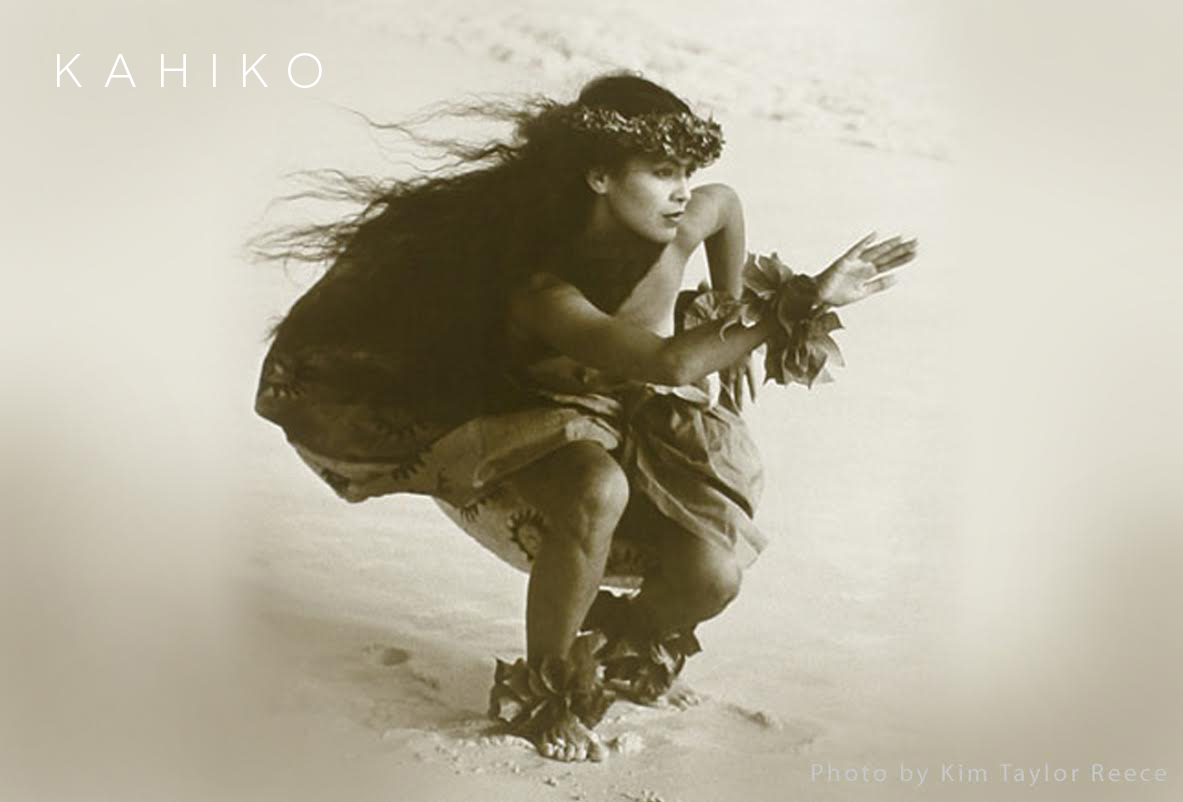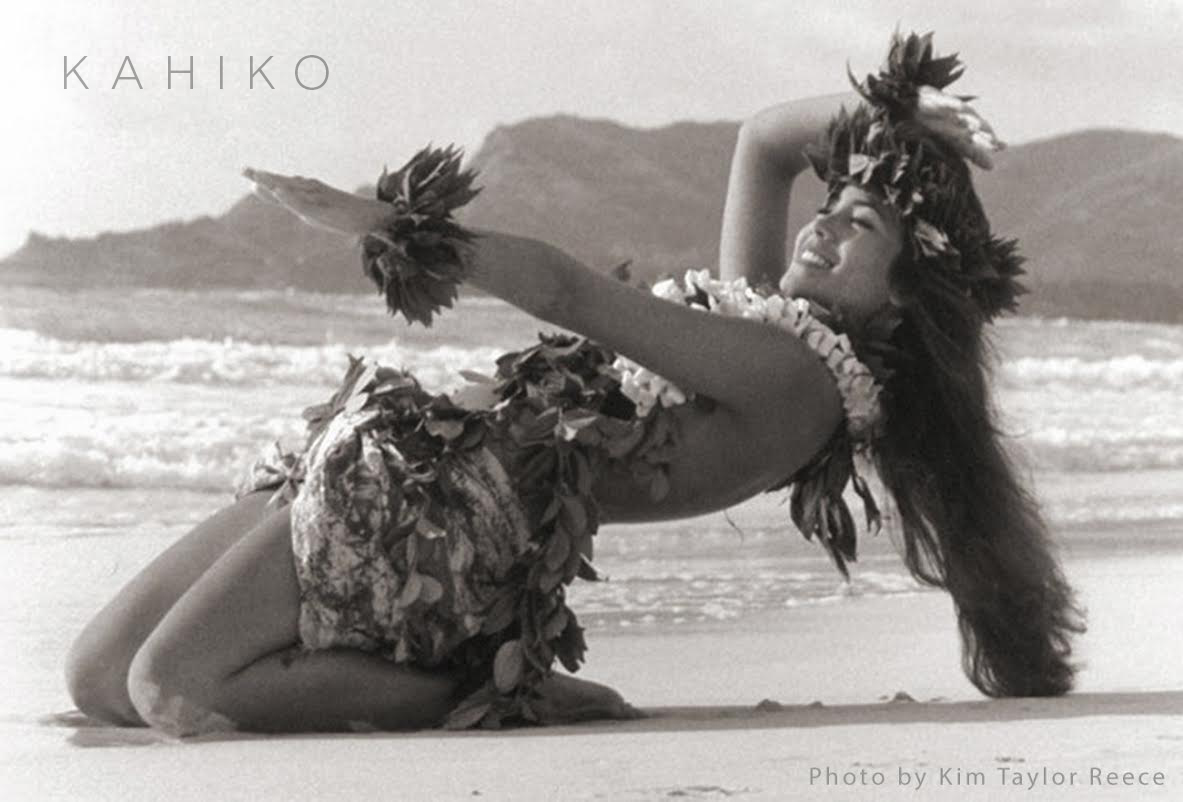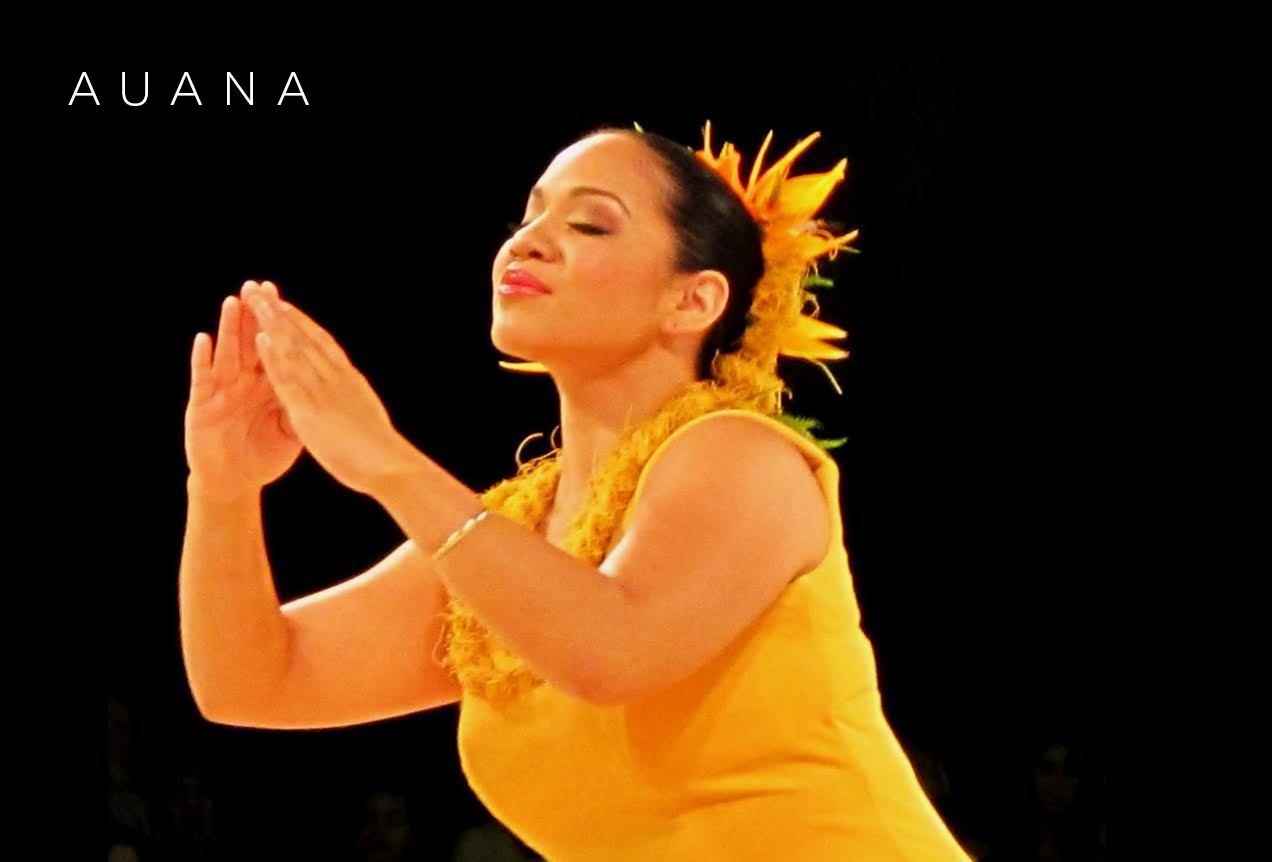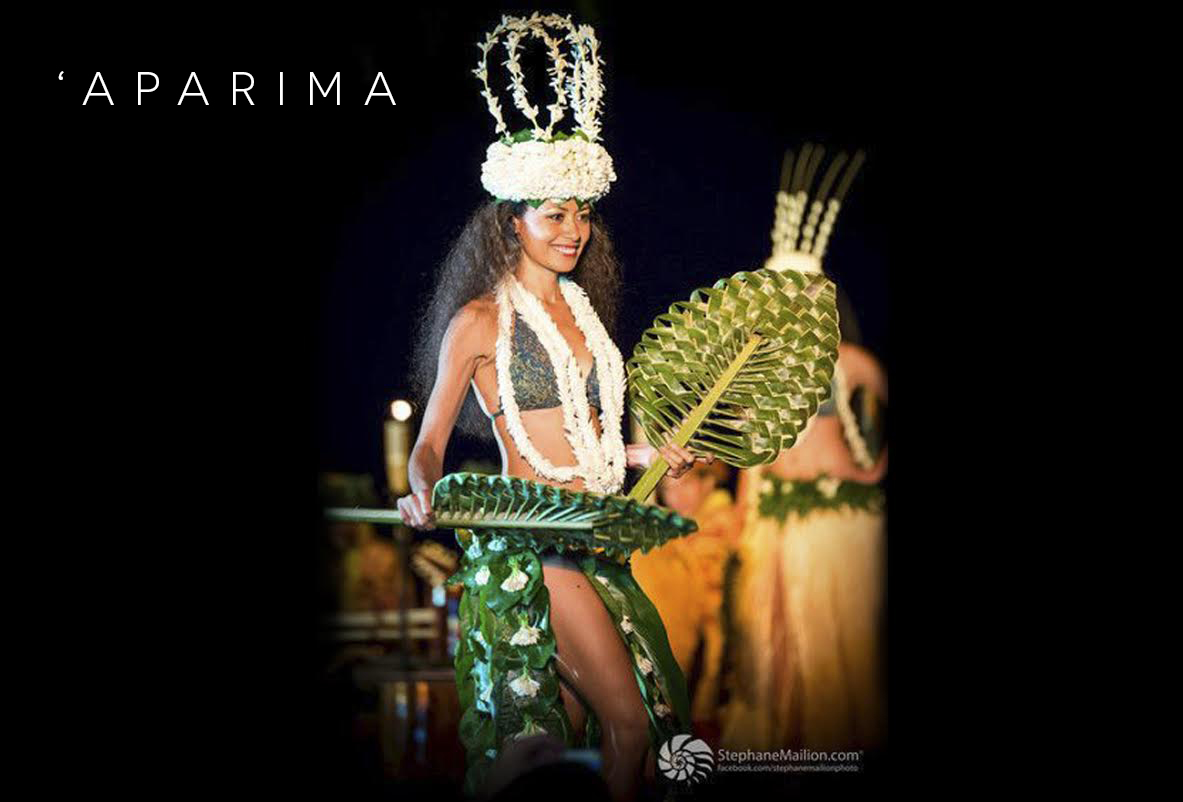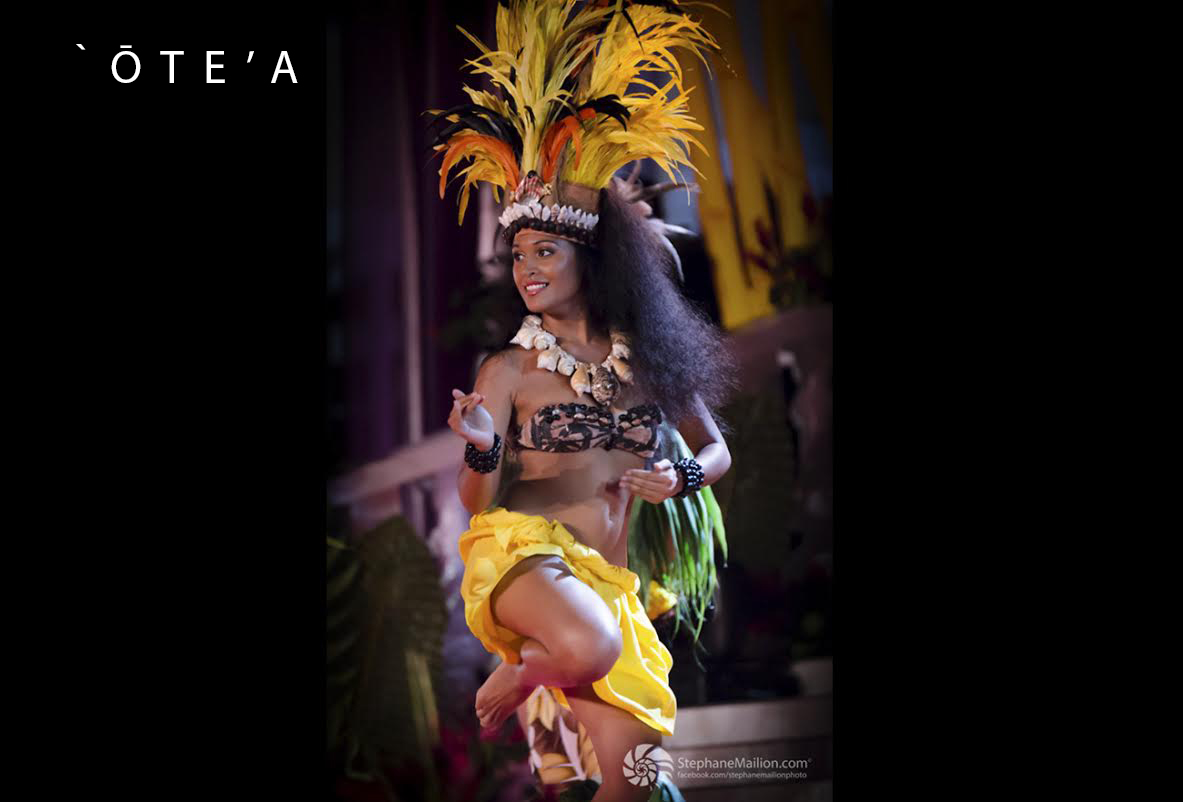Hula is an ancient art form practiced by the native Polynesians of the islands of Hawai'i.
As our Polynesian ancestors set sail from the sacred homeland of Hawaiki, to reach all corners of the Polynesian triangle, many similar styles of dance spread and evolved acorss the Pacific.
Our dancers are trained in both Hawaiian hula and Ori Tahiti.
Tahitian dance consists of fast, rhythmic hip movements, usually set to the beat of the toere, or slit-log drum. These hip isolations, known as oteas, are the highlight of many luau performances.


Be swept away in a tropical storm of mesmerising hip-shaking to traditional drumming.
Let us take on you on a vibrant Pacific journey of cultural experience through the art of hula, as exotic maidens tell stories of legends & love with their graceful hands and the gentle swaying of hips to the strums of ukulele.
Let us take on you on a vibrant Pacific journey of cultural experience through the art of hula, as exotic maidens tell stories of legends & love with their graceful hands and the gentle swaying of hips to the strums of ukulele.


